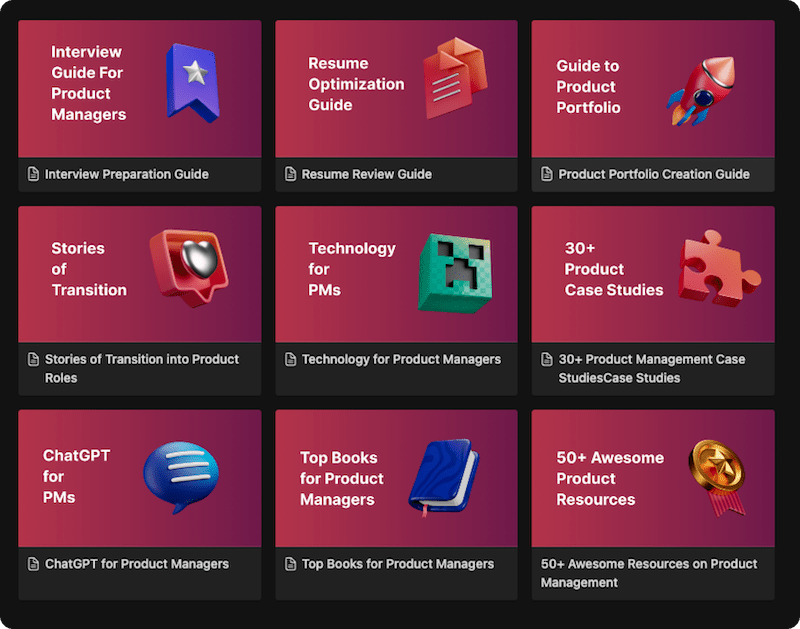Agile
In the fast-evolving world of product management, adaptability and responsiveness are key to success. Enter Agile, a revolutionary approach that has transformed the way products are developed and managed. Agile is more than just a buzzword; it’s a mindset that fosters collaboration, continuous improvement, and customer-centricity. In this article, we will explore the concept of Agile, its definition, key principles, implementation process, and the invaluable benefits it offers to product managers and their teams.
Agile is a product development and management methodology that emphasizes flexibility, collaboration, and incremental progress. It embraces change and places customers at the heart of decision-making. Agile product management involves breaking down work into small, manageable units and continuously iterating on the product to meet customer needs effectively.
Key Principles
- Customer Collaboration: Agile product management values customer feedback and engagement throughout the development process. Continuous collaboration ensures the product meets customer expectations.
- Iterative Development: Agile advocates iterative development, where products are released in small increments and refined based on feedback, allowing for quick adaptation to changing market conditions.
Implementation Process
- Formation of Cross-Functional Teams: Product managers form cross-functional teams comprising developers, designers, and other stakeholders to foster collaboration and collective ownership.
- Product Backlog Creation: The product manager creates a prioritized list of features and tasks called the product backlog. The backlog evolves based on customer feedback and changing requirements.
- Sprint Planning and Execution: Agile teams work in time-boxed iterations called sprints. During sprint planning, the team selects items from the product backlog and commits to completing them within the sprint duration.
Real-World Examples
- Spotify: Spotify’s Agile approach enables the continuous delivery of new features and improvements to its music streaming platform, meeting user expectations and staying ahead of competitors.
- Scrum in Software Development: Scrum, a popular Agile framework, empowers software development teams to deliver software in small increments, adapt to customer needs, and respond to emerging market trends.
Takeaways
Agile is more than a methodology; it’s a way of thinking that drives customer-centric product development. Emphasizing customer collaboration, iterative development, and cross-functional teams, Agile enables faster time-to-market and higher customer satisfaction. Real-world examples from Spotify and Scrum demonstrate how Agile principles lead to successful product management.


